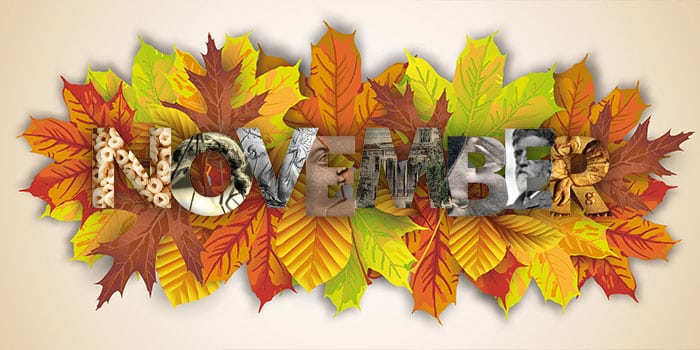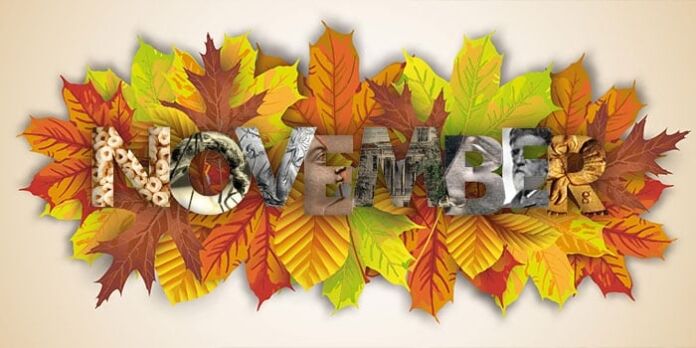
By CoinWeek …..
November is a big month in United States Mint history. Yellow fever was a recurrent problem in the early years, costing the lives of the Mint’s first Chief Engraver and his wife. Massive shipments of copper planchets arrived at port, leading to the striking of some of the hobby’s biggest coins. Larger-than-life President Theodore Roosevelt worked feverishly to put into motion a plan to redesign America’s coinage to strike images more fitting of a newly minted world power. Purchasers of modern Proof Sets saw the changing of the calendar as an opportunity to get their orders in… and much more.
* * *
November 1, 1797: After a two-month closure due to a yellow fever outbreak in the city, the United States Mint reopens.
November 1, 1799: Two years after a similar two-month closure due to a yellow fever outbreak, the Mint reopens.
November 1, 1799: Neil & Smith deposits $299.71 in cut dollars for coining into silver dollars. Paid out January 21, 1800.
November 1, 1803: Six years after a similar two-month closure due to a yellow fever outbreak, the Mint reopens.
November 1, 1823: Chief Engraver Robert Scot dies.
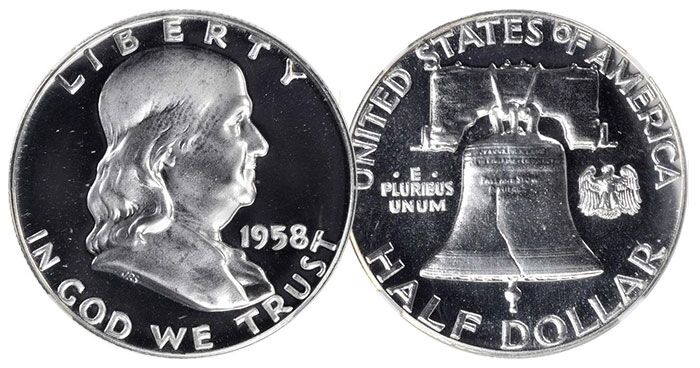 November 1, 1957: U.S. Mint begins to accept orders for 1958 Proof Sets. The first of November was the traditional date for the annual sets to go on sale during the modern period.
November 1, 1957: U.S. Mint begins to accept orders for 1958 Proof Sets. The first of November was the traditional date for the annual sets to go on sale during the modern period.
November 3, 1975: The Mint begins accepting orders for 1976-dated Proof Sets. Issue price $7. Proof coins were produced at the San Francisco Assay Office.
November 5, 1891: Mint Director Edward O. Leech selects his choice among Chief Engraver Charles Barber’s submissions for the new half dollar design.
November 5, 2020: End of World War II 75th Anniversary gold and silver eagle goes on sale. Sells out in under seven minutes.
November 6, 1906: President Theodore Roosevelt writes to sculptor Augustus Saint-Gaudens and ponders if it would be possible to produce coins in high relief like the ancient Greeks.
November 7, 2019: United States Mint releases the Reverse Proof version of the American Innovation Dollar honoring Delaware.
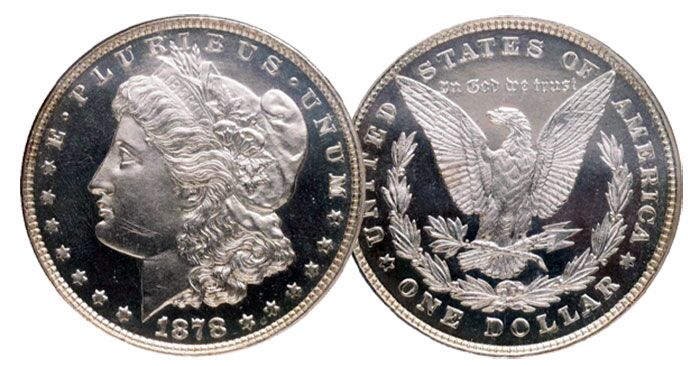
November 8, 1878: 50 Morgan Dollar Proofs delivered. These possibly account for all of the Seven Tail Feathers Proofs of 1878.
November 10, 1860: The South Carolina General Assembly calls for a Convention of the People to consider secession from the Union.
November 10, 1978: Congress passes legislation authorizing the production of the American Arts Gold Medallion Program.
November 11, 1834: Secretary of State John Forsyth writes Mint Director Samuel Moore, asking for two complete U.S. coin sets for Roberts’ diplomatic mission.
November 11, 1905: In a letter to President Roosevelt, Augustus Saint-Gaudens confirms his interest in participating in the artistic overhaul of American coinage. #PetCrime.
November 11, 1918: An armistice is signed, bringing about the end of World War I.
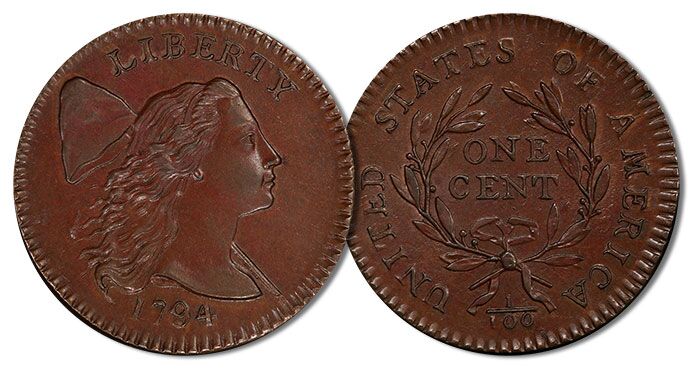 November 12, 1794: 21,000 one-cent coins are delivered, after which copper coinage production was put on hold.
November 12, 1794: 21,000 one-cent coins are delivered, after which copper coinage production was put on hold.
November 13, 1793: The Mint reopens after being shut down by a deadly yellow fever outbreak that cost the lives of engraver Joseph Wright, his wife Sarah, and 5,000 Philadelphia residents.
November 13, 1798: The Mint reopens after a three-month closure due to a yellow fever outbreak in the city.
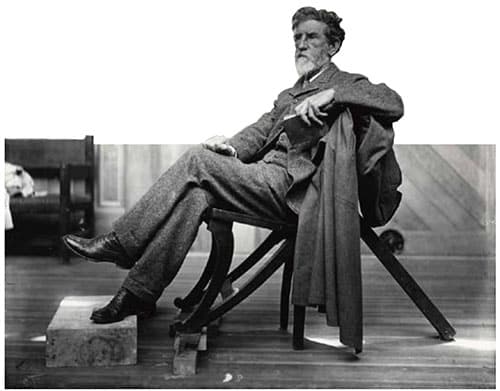
November 13, 1815: All 635 half eagles struck in 1815 are delivered.
November 13, 1861: Pennsylvania minister M.R. Watkinson writes a letter to Treasury Secretary Salmon P. Chase suggesting that the Mint apply a motto to God on its coins.
November 14, 1905: Roosevelt writes to Saint-Gaudens informing the artist that he was going to try to persuade the Mint to strike gold pieces with new designs and asked whether the artist could create attractive designs in medium relief.
November 15, 1938: The Treasury Department orders new Jefferson Nickels to be paid out to the general public.
November 17, 2016: The United States Mint releases the gold Walking Liberty Half Dollar commemorative bullion coin. Issue price $865.
November 18, 1799: The Mint delivers 3,754 gold eagles, warrant 183 (Numismatist Walter Breen believed that these were dated 1800). The Mint would deliver another 2,245 gold eagles on November 25.
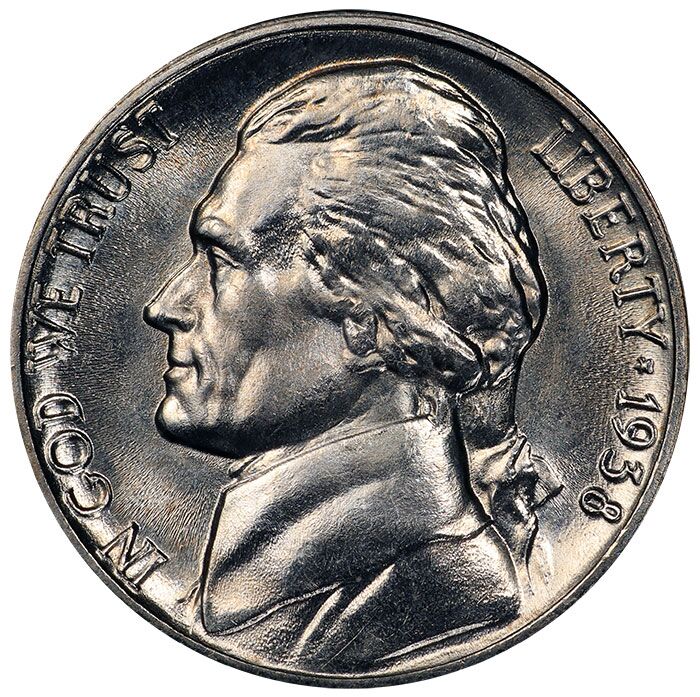 November 18, 1958: Frank Gasparro’s initial sketches for the new Lincoln Memorial Cent reverse sent to the Commission of Fine Arts (CFA).
November 18, 1958: Frank Gasparro’s initial sketches for the new Lincoln Memorial Cent reverse sent to the Commission of Fine Arts (CFA).
November 18, 1999: First Strike ceremony for the Sacagawea Dollar held at the Philadelphia Mint. American Numismatic Association (ANA) President Robert Campbell, numismatist Anthony Swiatek and his wife Gloria, David L. and Kathy Ganz, Harry Forman, Ruth Bauer, United States Treasurer Mary Ellen Withrow, Mint Director [and CoinWeek contributor] Philip Diehl, the coin’s designer Glenna Goodacre, Mint Engraver Thomas D. Rogers, Sr., and coin model Randy’L Hedow Teton were among those in attendance.
November 19, 1830: Templeton Reid delivers five of his private issue gold coins for assay.
November 19, 1864: The Ulysses S. Grant Medal design finished by Anthony Paquet and approved by designer John Antrobus.
November 21, 1871: Carson City Mint Superintendent Henry Rice orders 1872 dies from the Philadelphia Mint. These dies, shipped in December, do not arrive until February 24, 1872, due to a blizzard.
November 22, 1837: Appointed Chief Coiner of the New Orleans Mint, Rufus Tyler leaves Philadelphia for his new post.
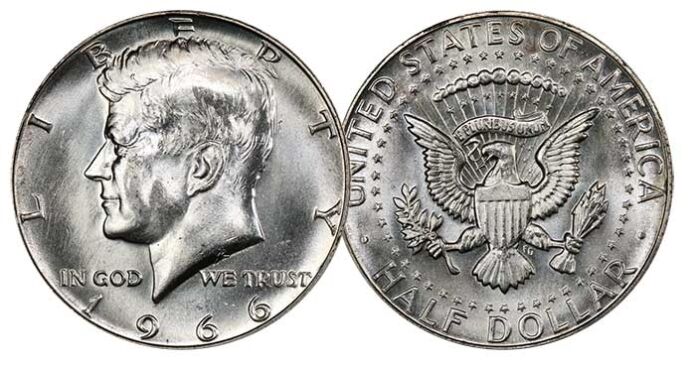
November 22, 1963: President John F. Kennedy is assassinated in Dallas, Texas.
November 23, 1868: Construction of the Carson City Mint is completed.
November 23, 1921: The CFA opens a three-week competition to determine the design of the Peace Dollar.
November 26, 1792: The Mint purchases 4,140 pounds of copper from Gustavus and Hugh Colhoun at a cost of $1,057.24.
November 27, 1795: U.S. Mint Assayer Albion Cox dies after suffering a massive stroke.
November 27, 1797: Dr. Benjamin Rush assumes the position of Mint Treasurer.
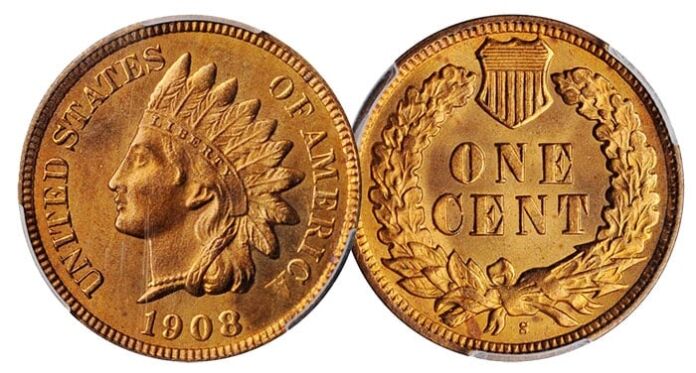
November 27, 1908: The San Francisco Mint strikes the first minor coinage in the branch mint’s history with the production of the 1908-S Indian Head Cent.
November 28, 1792: President George Washington’s personal secretary Tobias Lear informs Mint Director David Rittenhouse that the president had allocated the $5,000 for expenses and authorized Ambassador Thomas Pinckney to purchase $10,000 worth of copper in England. This copper was received in 1793 and 1794.
Also Happening at the United States Mint in November
Early November 1792: President Washington addresses Congress, saying, “There has also been a small beginning in the coinage of half dismes, the want of small coins in circulation calling the first attention to them.”
November 1793: Robert Scot becomes Chief Engraver.
November 1796: The Mint purchases 1,900 pounds of Talbot, Allum & Lee tokens to serve as half cent planchets.
November 1879: Chief Engraver Charles Barber finishes preparing dies for the Flowing Hair Stella $4 Gold coin pattern.
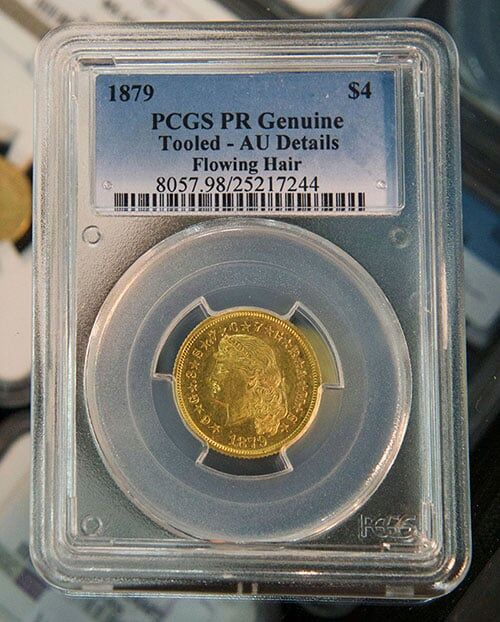
November 1916: The Denver Mint strikes the year’s entire mintage of 264,000 1916-D Mercury Dimes.
November 1935: The Mint produces 18,168,000 cents; 6,444,000 nickels; 8,613,000 dimes; 2,828,000 quarters; 1,948,000 Walking Liberty Half Dollars; 4,007 Daniel Boone Half Dollars; 11,001 Arkansas Half Dollars (5,501 and 5,500 at the branch mints); and 30,023 Texas Centennial Half Dollars.
November 1946: Iowa Commemorative Half Dollars struck.
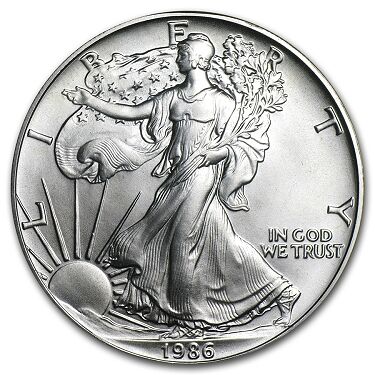
November 1985: The United States bans importation of Soviet gold and South African Krugerrands. This sets the stage for the Federal Government’s entrance into the bullion coin market in 1986.
November 1990: Congress authorizes the production of Silver Proof Sets.
November 1999: The Mint ships one-cent coins and Sacagawea Dollarsacags (including patterns) to General Mills as part of their Cheerios promotion.
* * *


